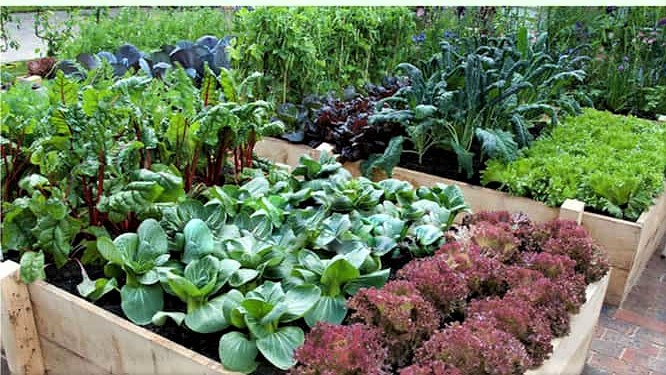 Veggie beds can be fun and rewarding. Unless watering with a hose is therapeutic for you, the irrigation part of this can be tedious and time consuming. As a client of mine is learning first hand, it takes consistent, daily watering of her veggie seeds to keep them happy and germinating. A fresh thin layer of mulch over the surface of the raised beds is helping to hold in moisture and to help detract our flying friends from a feeding frenzy.
Veggie beds can be fun and rewarding. Unless watering with a hose is therapeutic for you, the irrigation part of this can be tedious and time consuming. As a client of mine is learning first hand, it takes consistent, daily watering of her veggie seeds to keep them happy and germinating. A fresh thin layer of mulch over the surface of the raised beds is helping to hold in moisture and to help detract our flying friends from a feeding frenzy.
Remember that a drip system typically puts out very little water per minute so don’t be shy about watering for an hour each day if needed while the seeds are germinating or the young plants you just bought in pony packs are getting established. Wind and heat can evaporate the water very quickly and if you have sandy soil in your veggie beds, that soil can go dry quickly.
Today’s uploaded video, Drip Irrigation Systems for Veggie Beds, shows how to install a quick, simple and versatile drip system for your veggie beds. The upcoming video I hope to finish this week will show how to attach it to your preferred water source whether that be a sprinkler valve or faucet and whether you want it automated or not.
Veggies now and then.
Victory gardens, as they were known during World War II, were very popular here and in the UK. Folks were doing all they could to save money and put it toward the war effort. With the current corona-virus situation, I call them apocalyptic gardens in jest. These raised beds can be used to grow flowers as well. They can be used for cut flowers to brighten the inside of your home.
My wife works at a local garden center and has observed that since this virus thing has begun, the veggie pony packs and seeds have sold as fast as they come in. They literally can’t buy enough to keep up with the demand. This week, for instance, the manager ordered 114 FLATS of veggies and the supplier only could deliver them 32 flats because of his commitments to other customers. They arrived yesterday and are gone already today. Interesting times.

